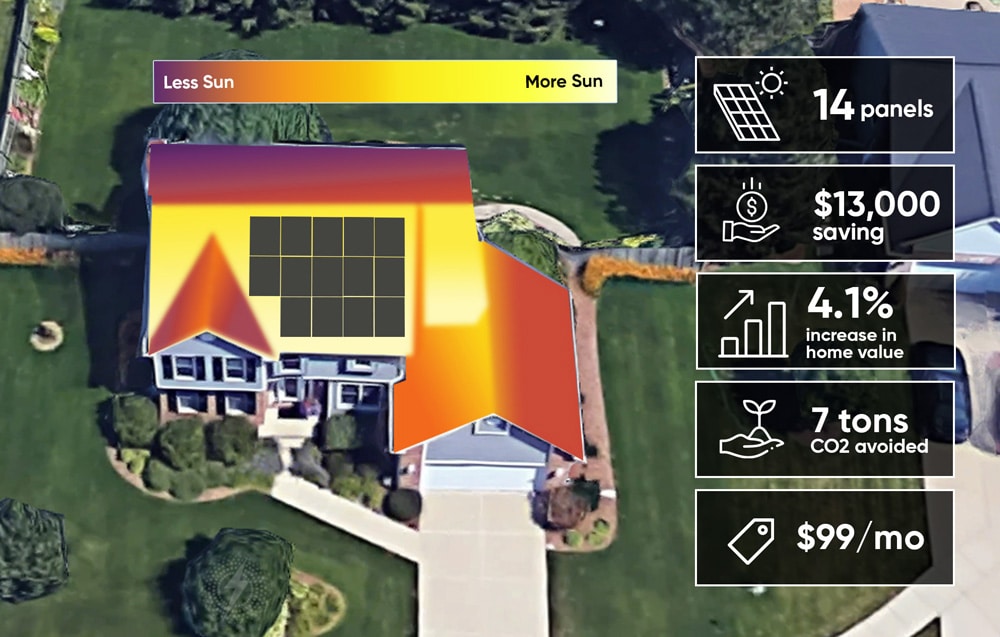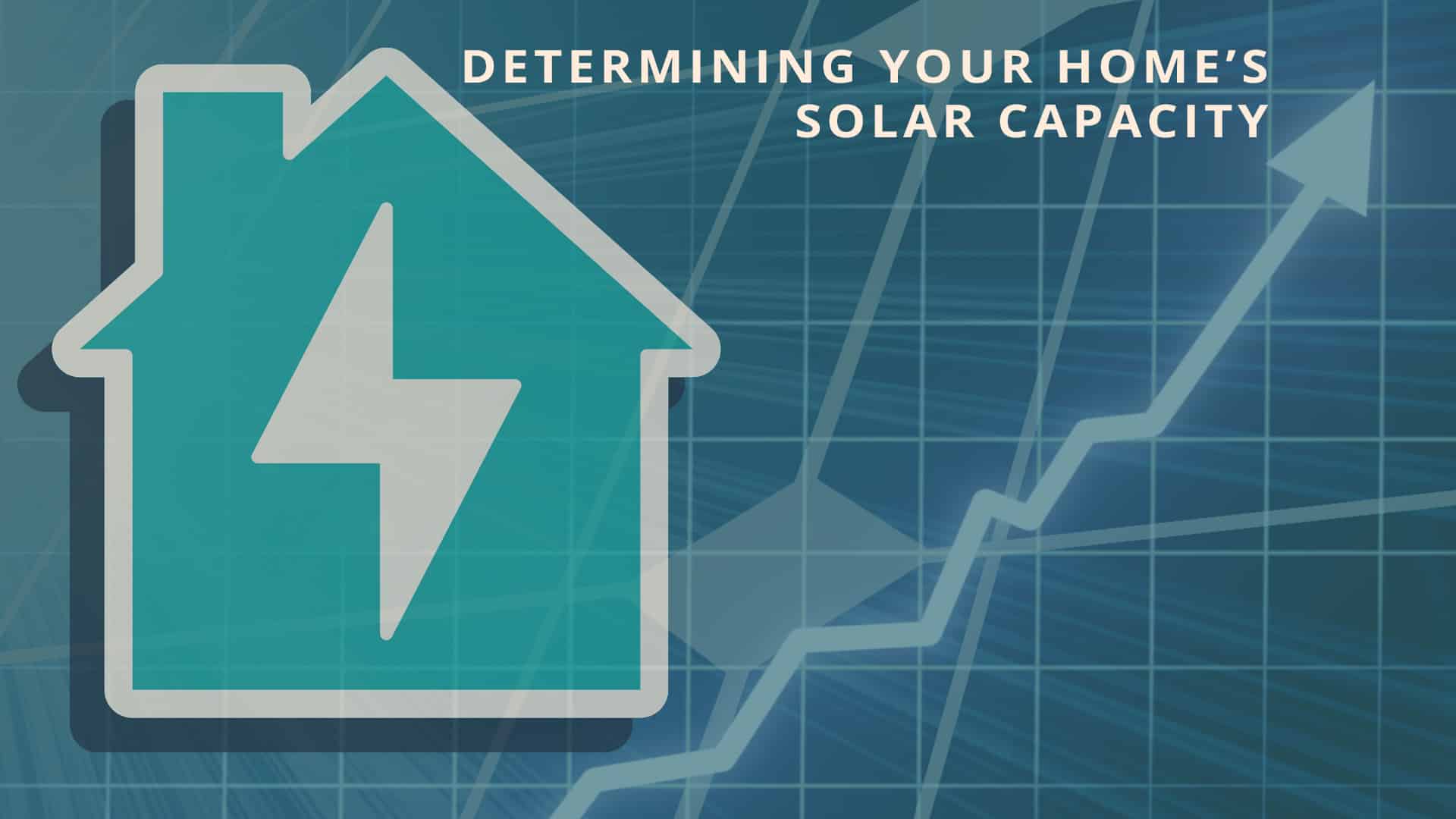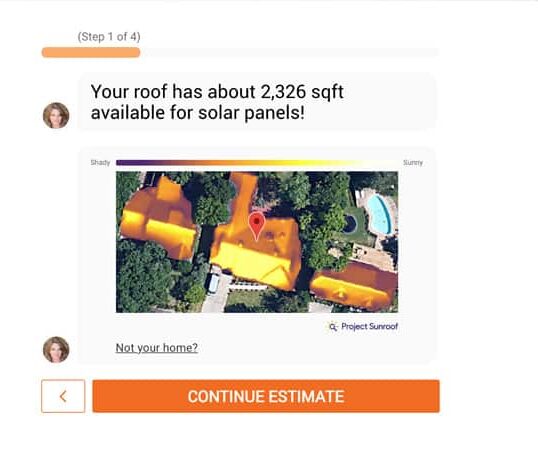Determining Your Home’s Solar Capacity
Solar power has become increasingly popular as a renewable energy source for residential homes. With concerns about climate change and rising energy costs, many homeowners are turning to solar panels to generate electricity and reduce their carbon footprint. However, before investing in a solar panel system, it’s important to understand how much energy a typical residential solar panel system generates and how to determine the appropriate megawatt (MW) capacity to install.
How Solar Generates Electricity
Solar panel systems generate electricity by harnessing sunlight through photovoltaic (PV) cells. These cells are typically made of silicon and convert sunlight into direct current (DC) electricity. An inverter then converts the DC electricity into alternating current (AC) electricity, which can be used to power household appliances and other electrical devices. Read more on the science behind solar panels.
The amount of energy a solar panel system generates depends on several factors, including the size and efficiency of the solar panels, the location and orientation of the panels, and the amount of sunlight the area receives. On average, a U.S. household consumes about 11,000 kilowatt-hours (kWh) per year. A typical residential solar panel system in the United States generates around 10,000 to 15,000 kWh of electricity per year, but this can vary widely depending on the factors mentioned above.
Factors to Consider when Choosing your Capacity
To determine the appropriate MW capacity for a residential solar panel system, homeowners should consider their energy consumption patterns, budget, and available space for solar panels. Here are some factors to consider when deciding on the MW capacity:
 Energy Consumption: The first step in determining the MW capacity of a solar panel system is to assess your household’s energy consumption. Review your electricity bills from the past year to understand your average monthly usage in kilowatt-hours (kWh). This will give you an idea of how much electricity your solar panel system needs to generate to meet your household’s energy needs.
Energy Consumption: The first step in determining the MW capacity of a solar panel system is to assess your household’s energy consumption. Review your electricity bills from the past year to understand your average monthly usage in kilowatt-hours (kWh). This will give you an idea of how much electricity your solar panel system needs to generate to meet your household’s energy needs.- Location and Sunlight Availability: The amount of sunlight your area receives is a crucial factor in determining the MW capacity of your solar panel system. Regions with abundant sunlight, such as Texas and the southwestern United States, generally require lower MW capacities compared to regions with less sunlight, such as the Pacific Northwest. Consider factors such as shading from trees or buildings that could affect the amount of sunlight your panels receive.
- Panel Efficiency: The efficiency of solar panels refers to their ability to convert sunlight into electricity. Higher efficiency panels will generate more electricity per square foot of space, though they may also be more expensive. Therefore, homeowners need to consider the balance between panel efficiency and cost when determining the best MW capacity for their system.
- Available Space: The available space for installing solar panels on your property also plays a role in determining the MW capacity of your system. Solar panels are typically installed on rooftops or in open areas, and the size of your property may limit the number of panels you can install. It’s important to contact us for a site assessment to determine the optimal placement and number of panels for your property.
- Budget: Budget is an important consideration when determining the MW capacity of a solar panel system. Solar panels and installation costs can vary widely depending on the quality of the panels, the complexity of the installation, and local labor costs. It’s important to set a budget for your solar panel system and consider the long-term return on investment in terms of energy savings and potential incentives or rebates.
- Future Energy Needs: It’s also important to consider your future energy needs when determining the MW capacity of your solar panel system. If you expect your energy usage to increase in the future due to factors such as adding more appliances, expanding your household, or purchasing an electric vehicle, you may need a higher MW capacity to meet those needs.
We’re Here to Help
Determining the appropriate MW capacity for a residential solar panel system involves careful consideration of various factors, including energy consumption, location and sunlight availability, panel efficiency, available space, budget, and future energy needs. Our NATiVE Solar Calculator is designed to help give you a quick idea how much solar resource your home has and an estimate on much a system would cost and save you.
Your Home Solar Capacity Your Home Solar Capacity Your Home Solar Capacity Your Home Solar Capacity Your Home Solar Capacity


































Leave A Comment